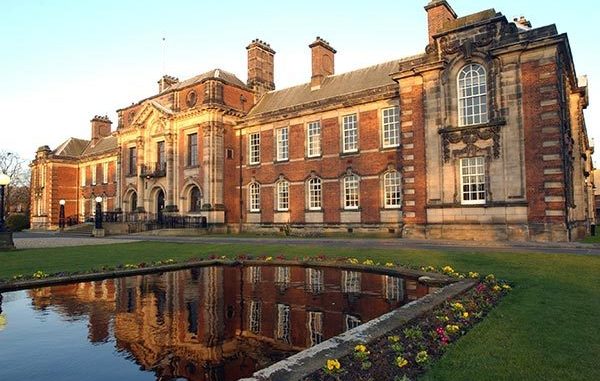
North Yorkshire County Council, which has a carbon footprint equivalent to more than 13,000 transatlantic return flights, could forego significant amounts of its resources to become more environmentally-friendly.
The scale of the challenge facing the authority, which last year launched a drive to become carbon neutral by 2030, has been laid bare after the total greenhouse gas emissions from the authority’s buildings, such as care homes, offices and libraries, street lighting and business travel was calculated.
Having launched a range of initiatives, such as introducing LED street lighting across England’s largest county over the past four years, its total carbon footprint has fallen from 19,574 tonnes of CO2 equivalent to 13,492 tonnes.
However, that figure does not include schools or firms employed by the council, such as road maintenance firm Ringway, which combined account for more than 17,000 more tonnes of CO2.
A report to the council’s recently formed climate change scrutiny committee states alongside increasing green actions within the council it will also be necessary to start quantifying the emissions for the North Yorkshire as a whole, alongside partners including district councils, and consider where and how the county council could influence the wider county carbon footprint.
Potential costs of carbon reducing and carbon offsetting schemes, such as planting trees, are being calculated as an action plan is being drawn up over the next two months.
The authority’s leader, Councillor Carl Les, said the council would factor in the environmental cost in all its decisions, meaning the most financially beneficial solutions may not always be selected.
He said: “Apart from balancing the books and looking after the elderly and the young, this is the biggest challenge we face and we have to start getting on with it now.
“At the moment it remains very much about getting our own house in order. It will cost, but the bigger cost will be if we don’t get our house in order.”
Cllr Les said he had held talks with City of York Council about joint initiatives and hoped to work with other authorities to cut emissions.
He said: “We have an advantage over cities in that we have lots of space to plant trees and have peat bogs that can be used for carbon capture, but we can’t put on electric buses as easily as they can in cities.”
The report to the meeting states whilst many potential carbon reduction measures it has identified relate to North Yorkshire, it is clear that local authorities will not be able to tackle every aspect of carbon reduction or achieve meaningful reductions without government support and action.
It states: “Significant changes in national infrastructure will also be required, such as increases in generation, distribution and/or storage of electricity.”
The report concludes the council could consider lobbying government on specific areas of policy and funding such as financial incentives for renewable energy and energy efficiency measures and use of taxation to influence carbon emissions.


Be the first to comment